exhaust word is considered one of your bike’s most visceral features. The connection out of your ear drums to your proper wrist performs an simple half in elevating your pulse, making aftermarket exhausts some of the widespread mods on a brand new bike. However for those who’re taking place that street, simply know there’s much more to consider than amplified acoustics.
aftermarket bike exhaust will improve efficiency and cosmetics, whereas a nasty one could depart you with a deafening drone and a fix-it ticket. We’ve simply added a line of killer chrome steel exhaust methods from Stealth Pipes Inc. to the Bike EXIF Retailer, starting from the Honda Monkey to the brand new M8 Softail. To rejoice the event, we’re highlighting 5 key factors to contemplate when choosing an aftermarket exhaust, and encourage you to contemplate handmade stainless choices from Stealth.
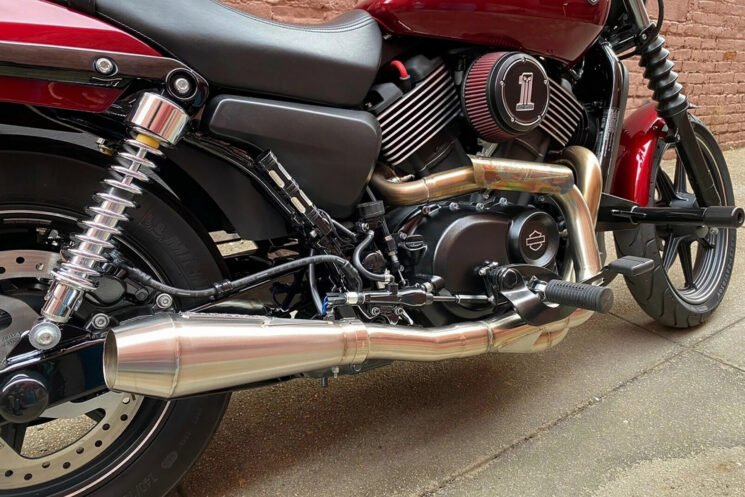
Know Your Objectives There are a great deal of benefits available by upgrading your exhaust system, together with weight financial savings, efficiency will increase and the all-important exhaust word, but it surely’s awfully onerous to select the proper exhaust system for those who can’t definitively say what you’re attempting to perform.
It sounds extremely apparent, however many riders fail to contemplate this straightforward query earlier than shopping for the most affordable exhaust that’ll match their bike. And positive, that slip-on may cost a little as little as $50 on Amazon, but when the producer can’t assure its outcomes, what do you assume yours will likely be?
Finally, the targets of your modification program ought to be mirrored within the exhaust you select, whether or not it’s lighter weight, a bump in efficiency or just a extra pleasing soundtrack.
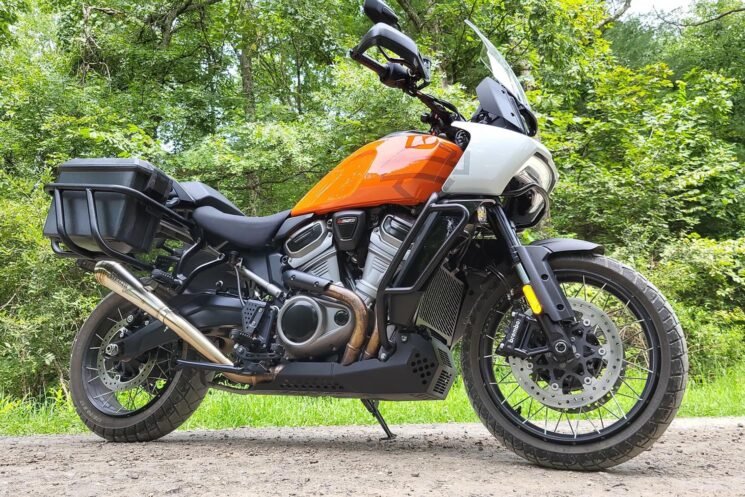
Varieties of Exhaust Methods Now that you realize what you’re attempting to attain, it’s time to see what it’ll value. The 2 commonest bike exhausts you’ll discover are slip-ons and full methods, with every bringing their very own mix of execs and cons to the desk.
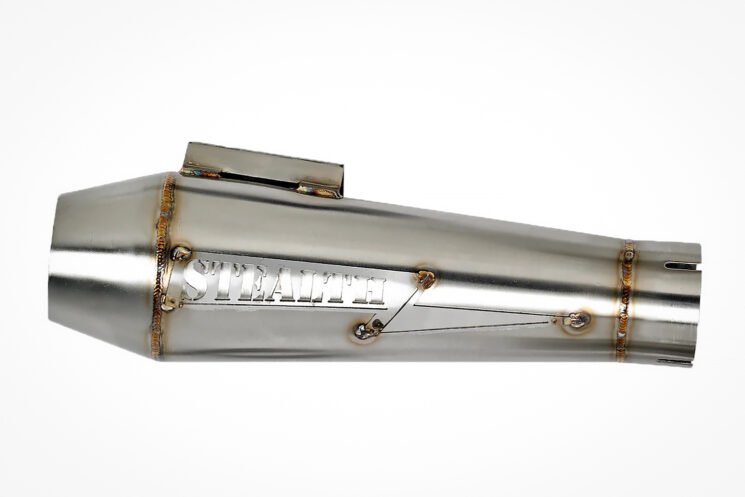
Slip-ons The simplest and cost-effective method to modify your bike’s exhaust system is with a slip-on. Named for the slip joint between the muffler and header pipe, slip-ons normally require solely a few bolts for set up and work with manufacturing unit header and mid pipes. Since mufflers are accountable for almost all of sound and weight of an exhaust system, slip-ons could also be sufficient to fulfill your necessities, and high quality choices will be had for 75% lower than a full system.
Whereas a slip-on is definitely the perfect bang in your buck, it’s value mentioning that its main benefits are sound and weight. It’s possible you’ll unlock a little bit further energy, however for those who’re actually trying so as to add horses to the secure, you’ll need to pony up for a full system.
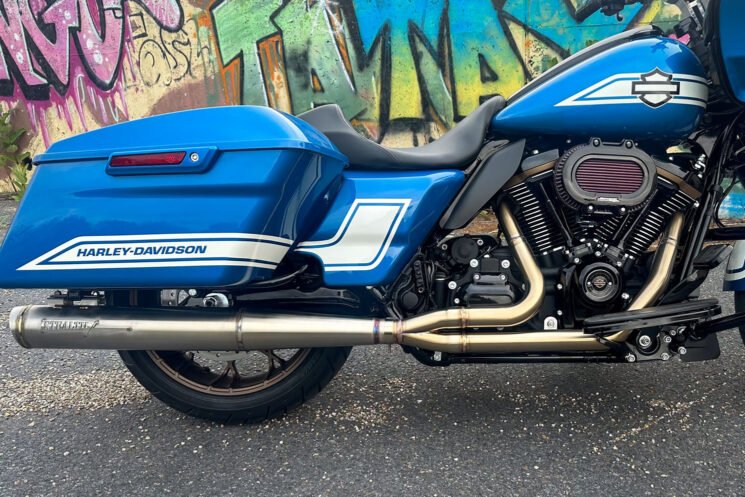
Full Exhaust Methods A full system contains the remainder of the items to finish your exhaust improve, together with header pipes, mid pipes and a catalytic converter (in that case geared up). Usually produced from lighter supplies and larger-diameter pipes, the entire system is engineered by the producer to offer a extra substantial improve in circulation, torque, and horsepower.
Aside from a extra advanced set up, the most important draw back to a full exhaust system is the price. Anticipate to spend north of $1,000 for system from a good producer, and sadly, that’s with out taking supporting mods under consideration. Whilst you’ll need to pay to play, a high quality exhaust system can remodel the appear and feel of your bike by liberating up weight, including energy and offering some stellar TIG welds to gawk at.
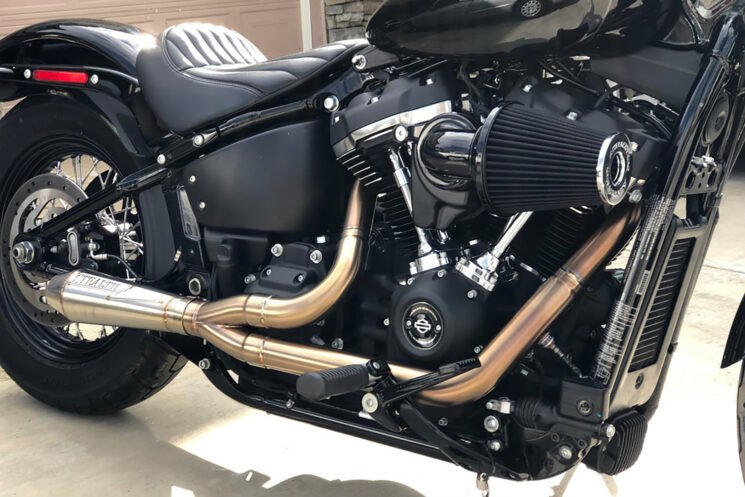
Supporting Modifications Trendy bike exhaust methods are tightly regulated within the emissions and decibels they produce. A motorbike like my Honda CRF450RL runs very lean straight off the showroom flooring to satisfy emissions, so think about the results of putting in a freer-flowing exhaust system with out including extra gas.
This example is hardly distinctive, and anytime you’re modifying your exhaust, you’ll need to analysis if extra gas will likely be required by way of an aftermarket gas administration machine. In case your bike’s a little bit older, a slip-on could move with manufacturing unit gas mapping, but it surely at all times pays to do your analysis.
Full exhaust methods can also require additional modifications to the airbox or different methods to attain full marketed efficiency.
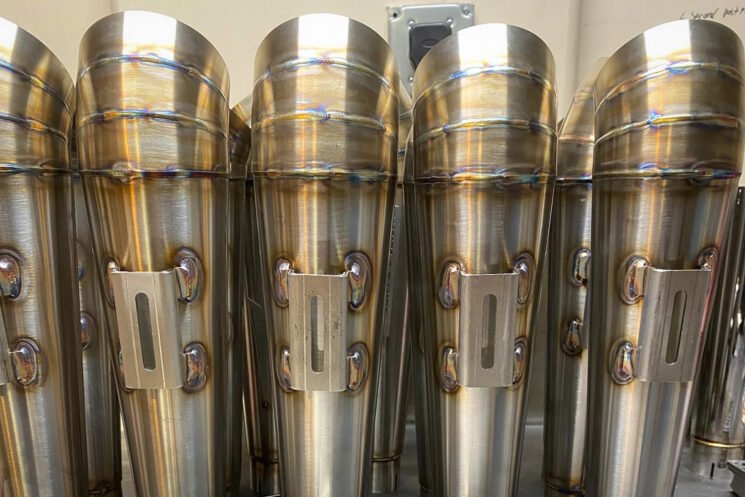
Supplies OEM and aftermarket bike exhausts can be found in a variety of supplies, mostly metal, chrome steel and titanium. For aesthetic functions and lighter weight, carbon fiber can also be used on bike mufflers.

Metal Common previous metal has lengthy been the usual for OE exhaust methods because it’s sturdy and low cost to push out by the hundreds, however it’s heavy and vulnerable to corrosion. Metal exhaust methods will go the space for those who sustain with them, however that might imply restoring your exhaust pipes a number of occasions throughout possession. If pitting from corrosion turns into an eye fixed sore, otherwise you’re able to push your bike to the following stage, upgrading to a lighter, freer-flowing system is likely one of the finest upgrades you may make.
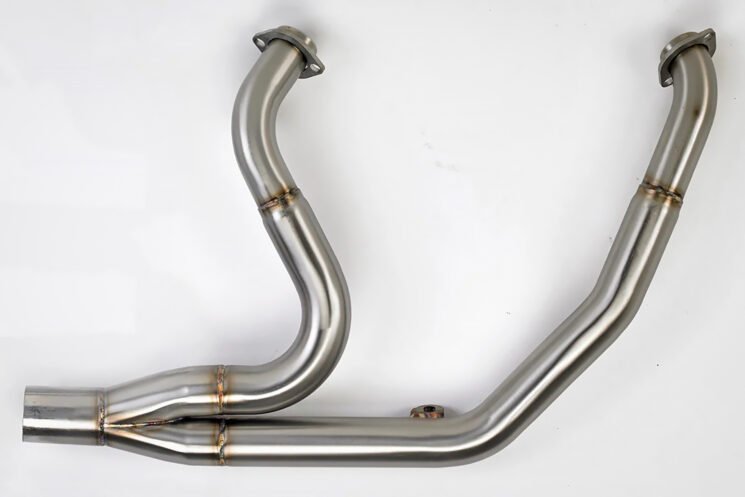
Stainless Metal The OEMs have been regularly turning to chrome steel as the brand new go-to materials for exhaust, and in case your bike was manufactured inside the final decade, there’s probability you’re already geared up. Stainless is made by combining iron with chromium to create a powerful and corrosion-resistant alloy, and it may well at all times be restored to its authentic end if it tarnishes. Stainless can also be fairly sturdy, that means headers and mid pipes will be produced from thin-wall tubing for extra weight financial savings.
With energy and corrosion resistance to its credit score, chrome steel is a perfect selection for aftermarket exhausts, providing important value financial savings over titanium and carbon fiber. Full stainless methods don’t come low cost (anticipate to pay $1,000 and up), however high quality stainless at all times seems good and develops warmth coloring from blue to bronze.
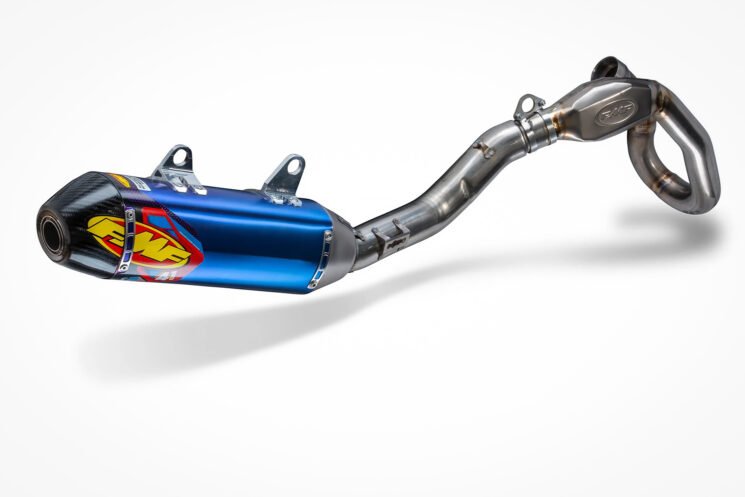
Titanium When you’re chasing ounces, as a substitute of kilos, or just want the very best finish materials accessible in your construct, titanium is the reply. The dangerous information is that it’s costly, as a result of intensive processing wanted to take it from rutile or ilmenite ore to titanium tetrachloride, and at last, pure titanium. That signifies that a full system for a single-cylinder bike can value $2,000, and a complete lot extra for a multi-cylinder engine.
What you’re paying for is a system that weighs 50 to 70% lower than inventory, has wonderful corrosion resistance and develops that lovely blue, purple and orange coloring with warmth. Whereas titanium is kind of sturdy, remember that the thin-wall tubes are extra vulnerable to impression and much tougher to restore.

Carbon Fiber Everybody loves the intricate weave and energy of carbon fiber, and the light-weight materials has confirmed adept to be used on aftermarket mufflers from firms like Akrapovič, FMF and Yoshimura. Whereas carbon fiber demonstrates weight financial savings over titanium in silencers, and can keep cooler than metal, there are a number of downsides to concentrate on.
Past the excessive price ticket, carbon fiber is barely sturdy within the path of the weave, that means a direct impression could trigger it to crack. Carbon can even deteriorate if it spends sufficient time in direct daylight.
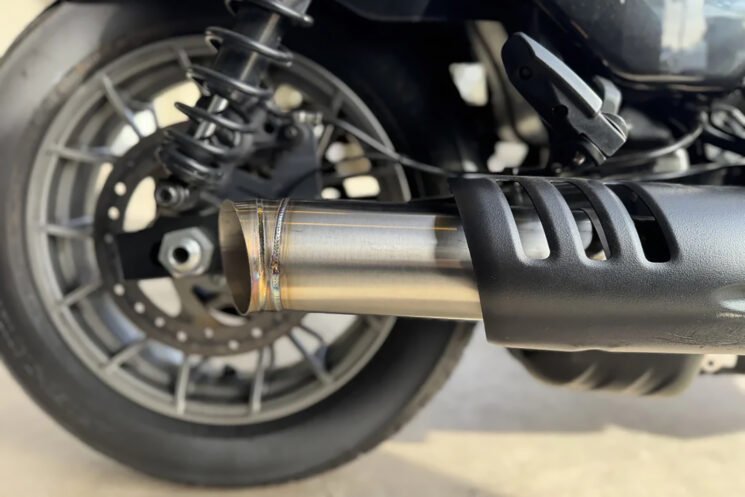
Avenue Legality Positive, the legality of aftermarket bike exhaust is a little bit of a buzzkill, however in all probability not as a lot as getting a fix-it ticket out of your native PD. Because the specifics fluctuate based mostly on the place you experience, we’ll cowl a number of factors in broad strokes.
On the nationwide stage, the Environmental Safety Company (EPA) and the Division of Transportation (DOT) set emissions and noise requirements for bikes. Aftermarket methods that take away or alter the factory-installed catalytic converter or exceed noise limits sometimes violate EPA laws, making them unlawful for road use. The California Air Sources Board (CARB) enforces even stricter emissions guidelines in California, requiring exhaust methods to be CARB-certified to be street-legal.
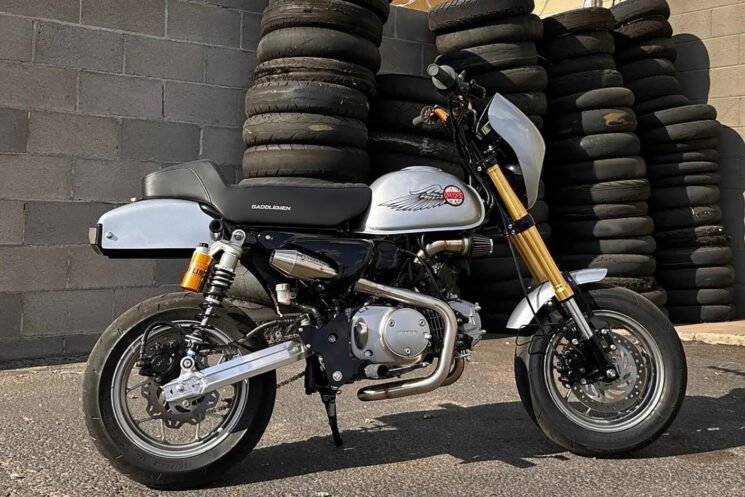
Past emissions legal guidelines, noise ordinances fluctuate by state and municipality. The Federal Noise Management Act established a nationwide commonplace, however enforcement is essentially left to native governments. Many states use the Society of Automotive Engineers (SAE) J2825 commonplace for bike exhaust noise, whereas others impose decibel limits starting from 80 to 100 dB at sure RPMs. Some areas permit legislation enforcement to difficulty citations based mostly on subjective noise judgment, resulting in inconsistent enforcement.
For riders, the important thing takeaway is that not all aftermarket exhausts are unlawful, however they have to meet federal, state and native necessities for use on public roads. Many producers provide EPA-compliant or CARB-approved methods, and a few states permit non-compliant exhausts if the bike is registered for off-road or closed-course use solely. Earlier than swapping out an exhaust, it’s finest to examine the precise laws in your state to keep away from fines, gear violations or bother at annual inspections. A bit restraint goes a good distance in our expertise, so for those who’re going to switch your exhaust, be aware of the place and the way you experience.
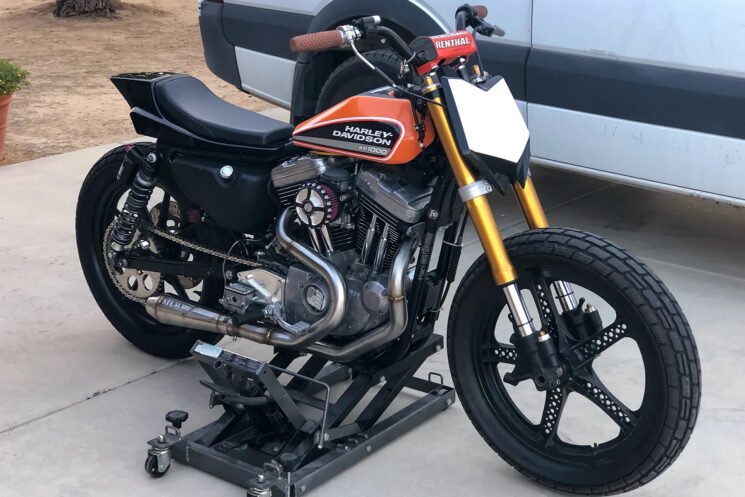
Images courtesy of Stealth Pipes Inc., Akrapovič, Honda & FMF Racing
Trending Merchandise











